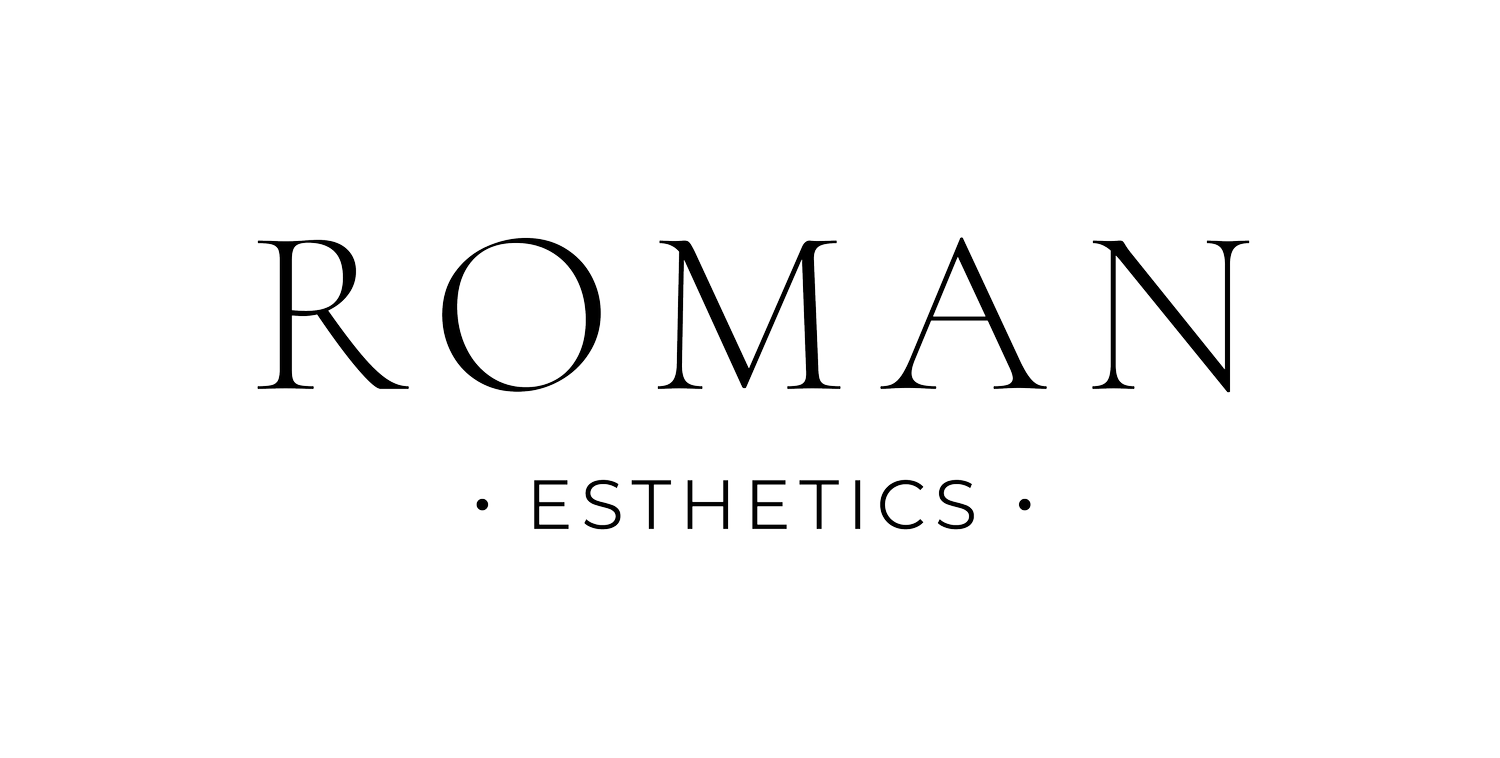The Best Hyperpigmentation Treatments For Your Skin
Part Three-Hyperpigmentation Series
Sun damage can have a dramatic effect on the appearance of your skin, often resulting in premature aging and brown spots. Fortunately, there are skin treatments available that can help to reverse this damage and restore your youthful look. From chemical peels to dermaplaning facials, Intense Pulse Light (IPL) to Microneedling, these treatments are designed to target and treat hyperpigmentation. In this article, I will explore the various facial treatments available for reversing sun damage and discuss the benefits each one offers. So if you're looking for ways to revitalize your skin after too much time in the sun, read on!
Chemical peels work by using a chemical solution to exfoliate the top layer of the skin, removing dead cells and stimulating cell turnover. As the new cells form, they are healthier and more vibrant than their predecessors, leading to a brighter and more even complexion. The type of acid used in the treatment room will depend on the severity of the damage being addressed. Depending on the concentration of acid used, it may be necessary for multiple treatments or stronger peels over time to achieve desired results.
Intense Pulse Light (IPL) treatments are a popular option for reducing the appearance of sun damage and hyperpigmentation. IPL works by directing a concentrated beam of light into the layers of skin, which then breaks up pigmented cells and helps to diminish dark spots. The energy delivered during IPL treatment not only affects the surface of the skin, but also reaches beneath it to stimulate collagen production, leading to improved elasticity and brightness. The intensity of the pulses can be adjusted depending on individual needs, allowing for more precise targeting of brown spots or other sun damage. With multiple sessions over time, long-term results can be achieved with an overall improvement in skin tone and texture.
Microneedling is a popular treatment for sun damage and hyperpigmentation that works by creating tiny channels in the skin. During the procedure, a tool with fine needles is used to puncture the surface of the skin, resulting in tiny but controlled injuries that trigger a healing response. As part of this treatment, brightening serum may be applied on top of the microneedling procedure to reduce pigmentation and even out overall tone. The ideal number of sessions required for optimal results may vary depending on individual circumstances; however, multiple treatments are typically necessary for long-term benefits.
Facials are a popular form of treatment to restore a youthful and vibrant look to the skin. They can be especially helpful in reducing hyperpigmentation caused by sun damage, as facials involve both physical exfoliation and targeted topical treatments. During facials, an esthetician typically uses exfoliants to remove dead skin cells and brighten dullness. Additionally, they may also apply certain products with active ingredients that further target hyperpigmentation. These ingredients help to reduce melanin production in the skin and lighten dark spots from sun exposure.
Each of these treatment options works differently to reduce brown spots on the skin in order to restore a more youthful look. Depending on your individual needs and goals, one or multiple sessions may be necessary over time in order to achieve optimal results. Along with proper skin routine and treatments, you should start noticing visible improvements such as brighter complexion and smoother texture after each session.
If you're looking into reducing hyperpigmentation, it is important to consult an experienced esthetician who can recommend the best approach based on your specific circumstances.
Take action now and book an appointment at Roman Esthetics, who can provide personalized advice on which treatment is best for your individual needs.
Stay Tune for the 4th blog post in this series next week…
12 Lifestyle Tips for Protecting Your Skin Against Sun Damage

